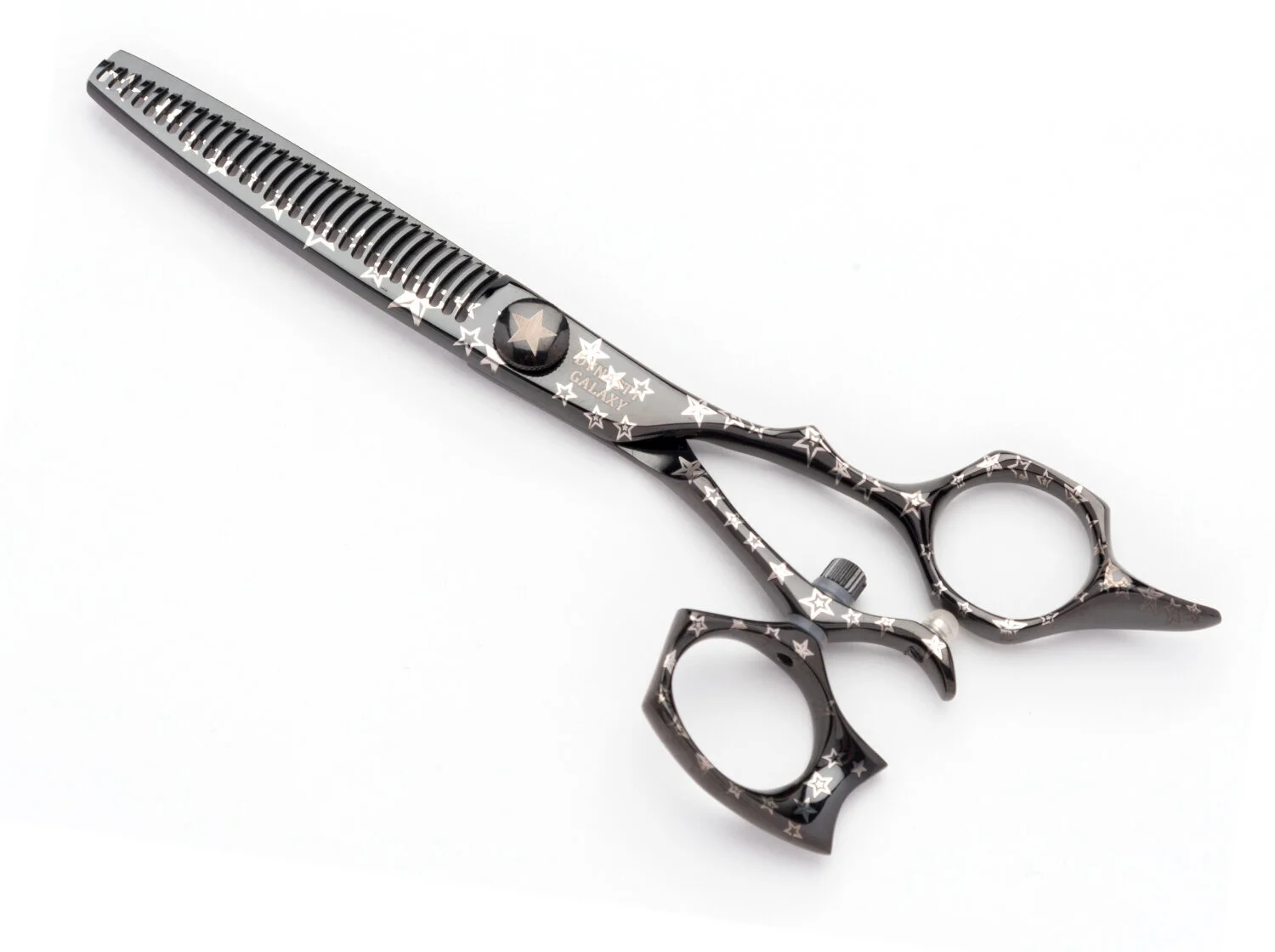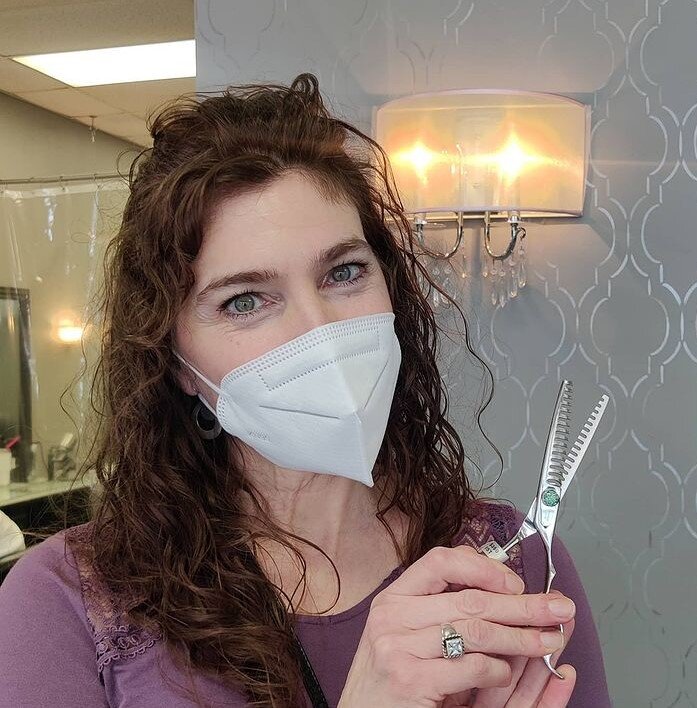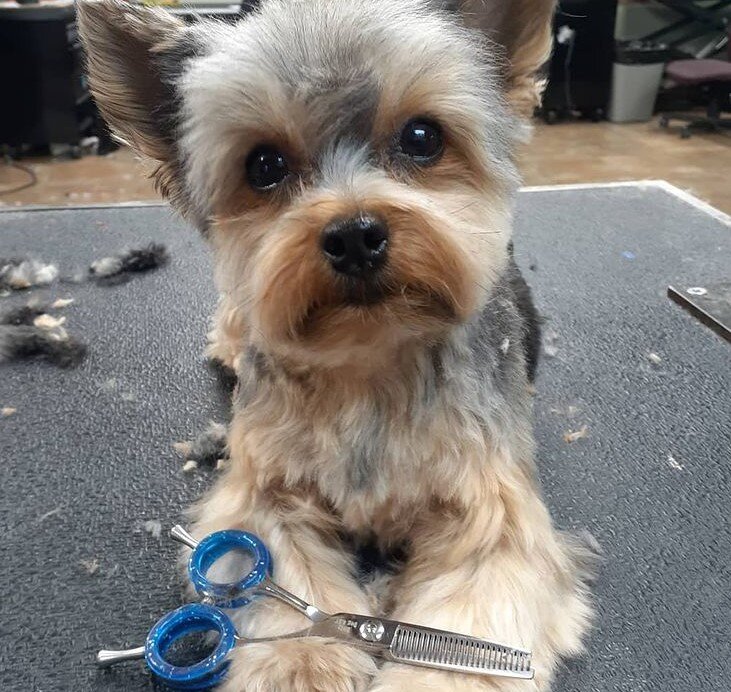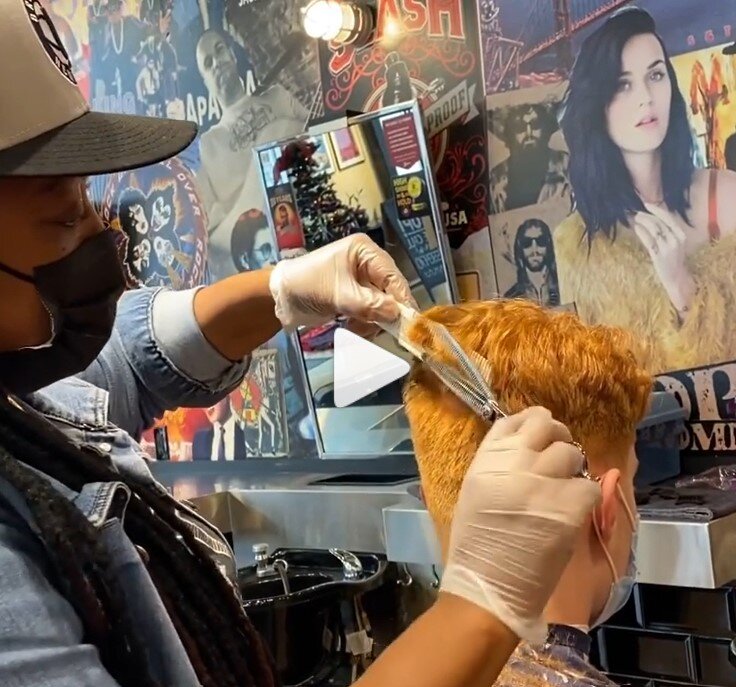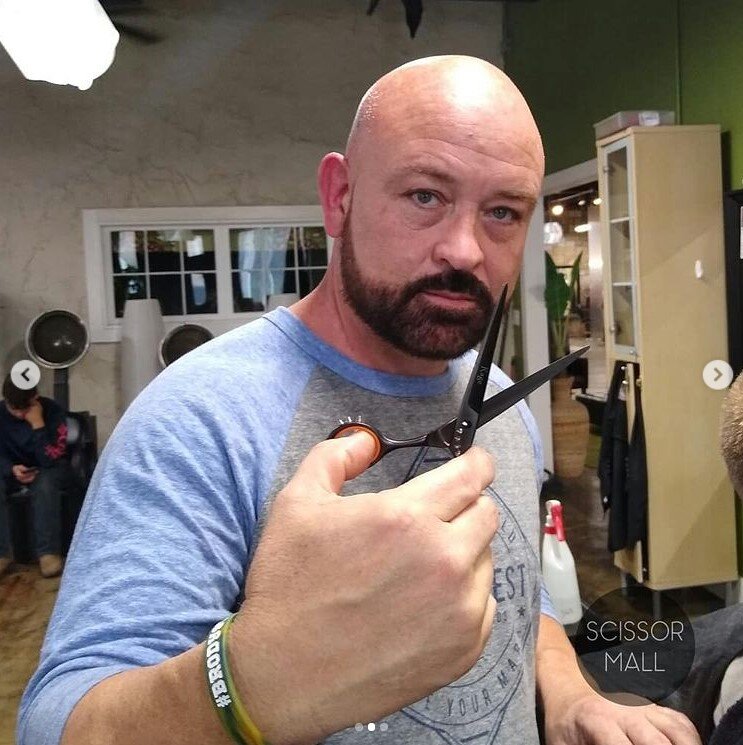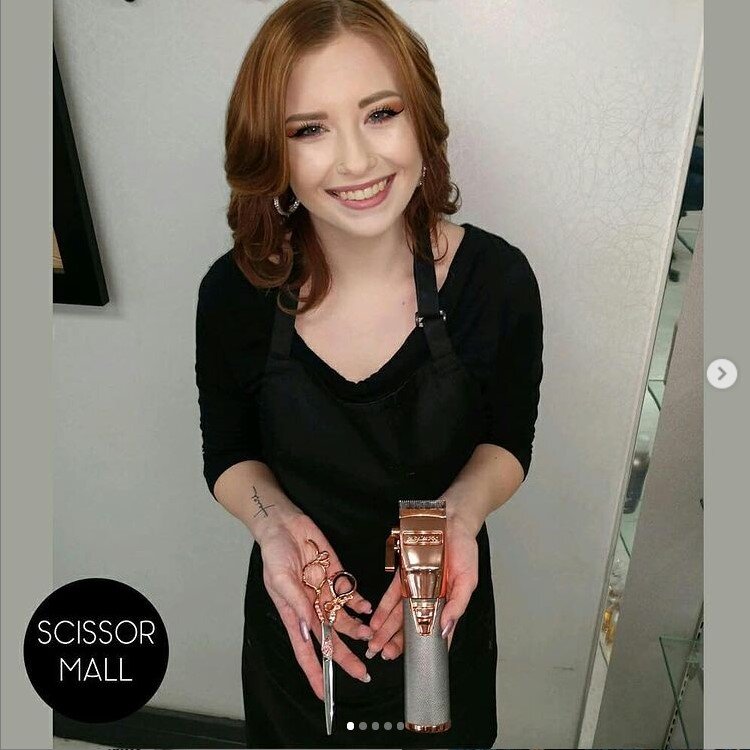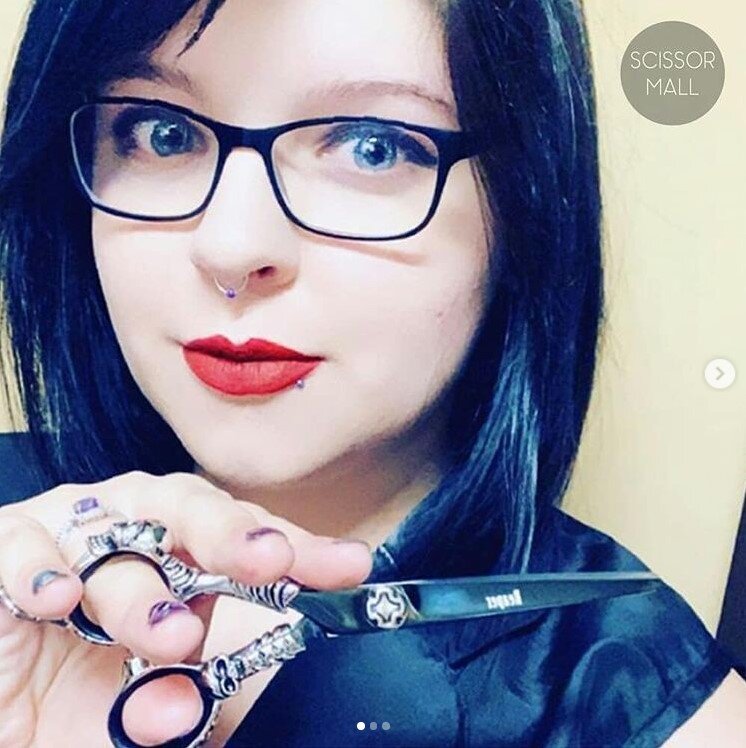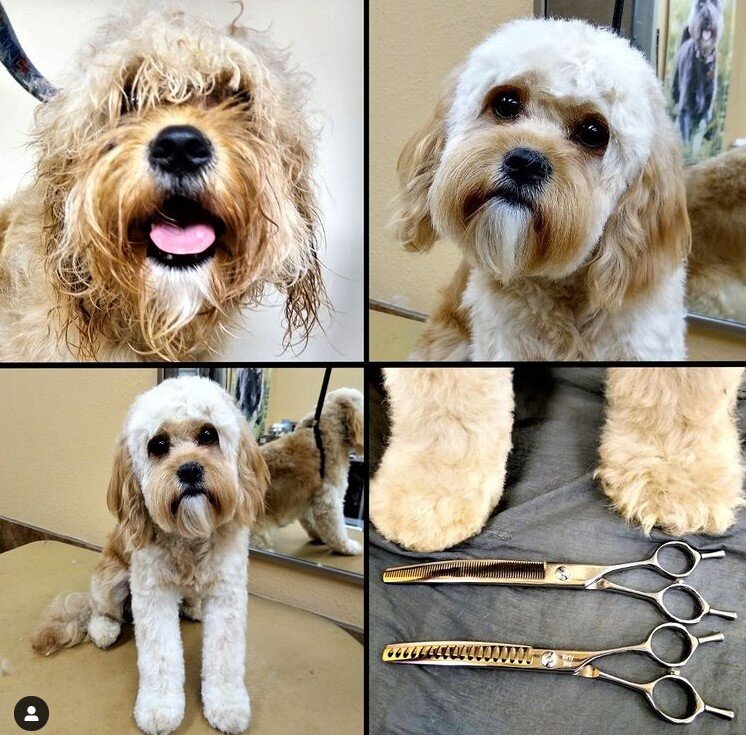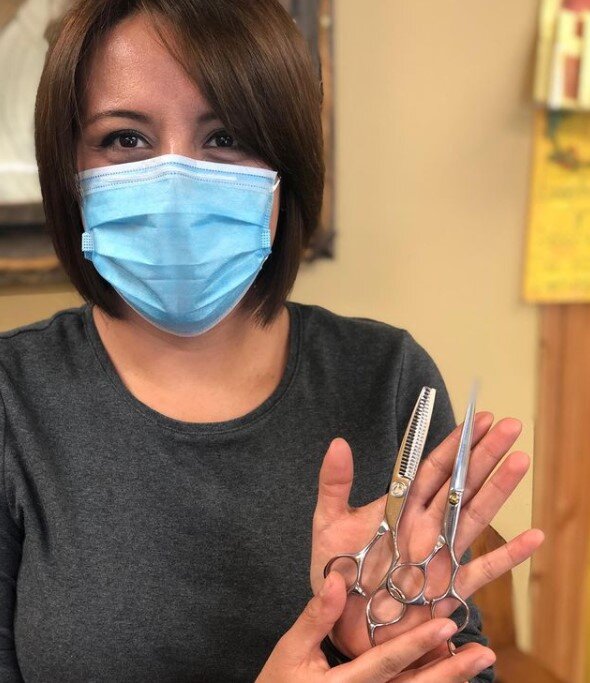Thinning Shears Vs. Razors for Stylist Use
/There are certain hair cutting needs that may be completed by a stylist using a couple different hair shears or other tool options, and a good example here is hair that needs to be significantly thinned or texturized. In many such cases, both thinning shears and razors will serve as acceptable ways of carrying out this sort of cut – how do you know when either of these two is preferable, and how much wiggle room do you have for your personal preference here?
At Scissor Mall, we’re here to help stylists with a huge selection of hair shears and other accessories, including thinning shears like the Dynasty Galaxy 30th and many other blending shears, chunking shears and other options. What are some of the cuts or situations where thinning shears are generally ideal, what are some of the risks of relying too much on the razor, and what are our top recommendations for care and quality in situations where you do utilize the razor? Here’s a primer on each of these areas.
Thinning Shears and Their Uses
First and foremost: In some circles you may see thinning shears and texturizing shears used interchangeably as terms, referring to a broad category of shears; in other cases, these two types are separated. In any case, they’re similar and help stylists perform many of the same tasks – for clarity, we’ll focus on thinning shears here.
Generally speaking, thinning shears are the top option for any stylist who needs to remove bulk within a given haircut. They’re most common within thick haircuts, plus are often used to help blend in various fades or other styles the client may desire.
Now, there are several general use tips, cutting styles and other pieces of advice we can offer for those new to thinning shears. Here are several tidbits to consider:
Hair and moisture: Generally speaking, thinning shears are better used on dry hair – but this is not a hard and fast rule, and they can still be used on wet hair. However, if you’re utilizing them for wet hair, you have to be sure not to overdo things; some stylists are thrown off by the way moisture makes hair look smaller, and they end up taking off way too much hair if they perform the entire process while the head is wet. With some practice, though, you’ll avoid this concern.
Importance of combing: Even if the hair isn’t wet, one way to ensure you don’t over-thin hair with thinning shears is to utilize combing regularly. You should comb through each section after thinning, plus feel the hair and use your training to determine whether both sides of the head are thinned to the proper level.
Point cutting: One highly common technique involving thinning shears is point cutting, which involves pointing the shears directly into the hair while making the cut. Point cutting is a frequent request from clients who want a softer layer of hair, or from those who want curls with a textured look.
Notching: Similar to point cutting, notching is a process that’s used for short hair exclusively. Pixie cuts and various men’s cuts are the most common uses of this method, which generally isn’t applicable for anything longer.
Slithering: Another common thinning shear technique is slithering, which refers to the shears being held slightly open to their hair, “sliding” away from the length of the hair as cuts are made. Slithering is usually performed on softer, straight hair to bring a subtle look.
Risks of Improper Razor Usage
On the flip side, there may be some situations where razors are the right choice for thinning needs within hair. However, it’s vital to remember that razors are dangerous if they aren’t used properly – and can also create issues with the cut quality itself if the right steps aren’t taken.
To be clear, we aren’t just talking about risks of injury here, though these are relevant in terms of issues like slicing or cutting skin if they aren’t handled in the right ways. In addition, improper razor usage risks slicing off a big chunk of client hair you didn’t mean to remove, and this will hurt your reputation and business. If you’re going to be using a razor regularly, it’s imperative that you take the time to learn how to properly grasp and apply it. In addition, many stylists prefer to ask for specific client approval before using a razor, as some clients do not like them and will not be happy with one being used on them.
Simple Razor Tips
While we generally recommend utilizing thinning shears for these kinds of needs wherever possible, if you have determined that a razor is your best choice, here are some basic tips on razor usage:
Razor type: Do your research on the ideal razor type, as there are several different ones, each with ideal cut types.
Sharpness: Any razor you use must be extremely sharp, as a dull blade risks improper cuts and injury to the client.
Moisture: For best results, razors need to be used on very wet hair to avoid any discomfort for the client. If you must use a razor on dry hair, which generally isn’t advisable if thinning shears are an option, be sure to choose a thin, fine section of hair and limit how much you’re cutting at once.
Hair type: Razors are best for medium or thick, and non-frizzy in nature. Razors can be used on finer hair, but may create unwanted frizz.
For more on thinning shears versus razors for various haircut types, or to learn about any of our hair shears or hair accessories, speak to the staff at Scissor Mall today.

